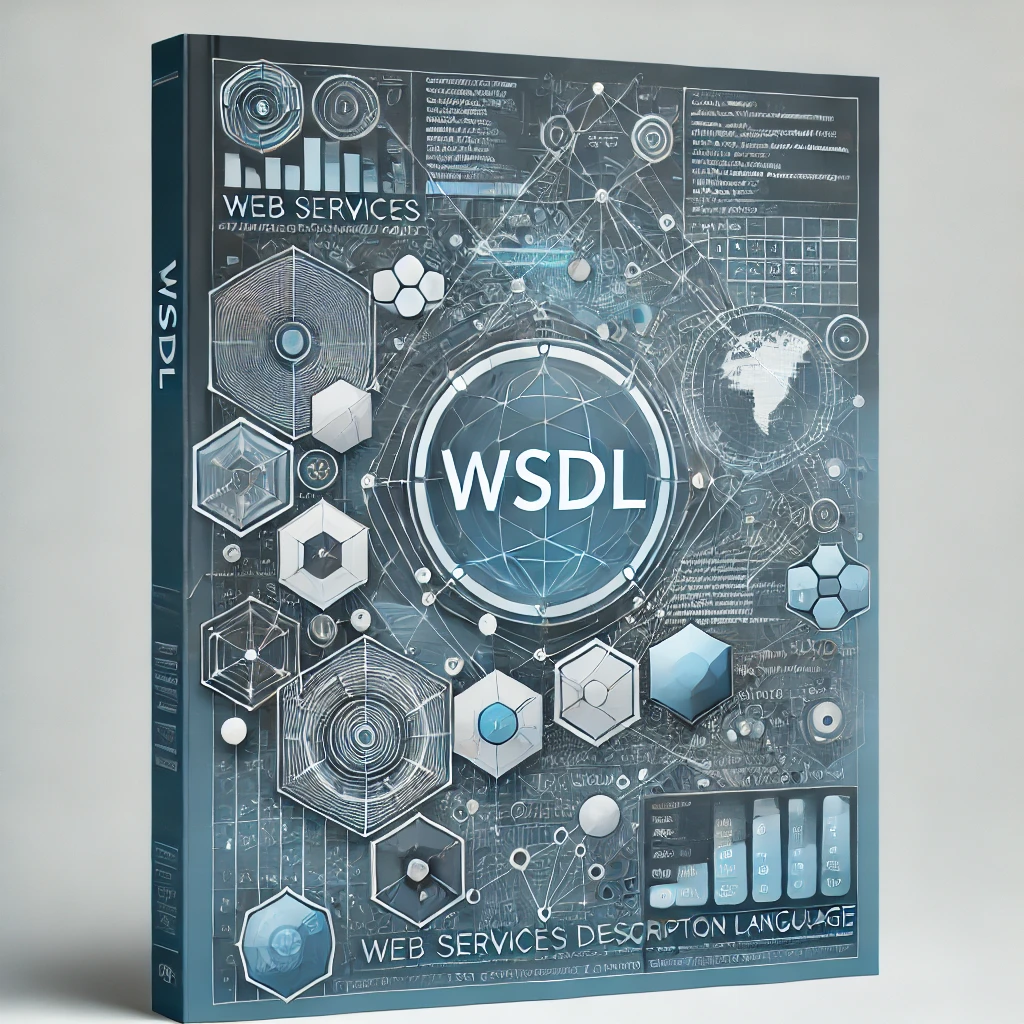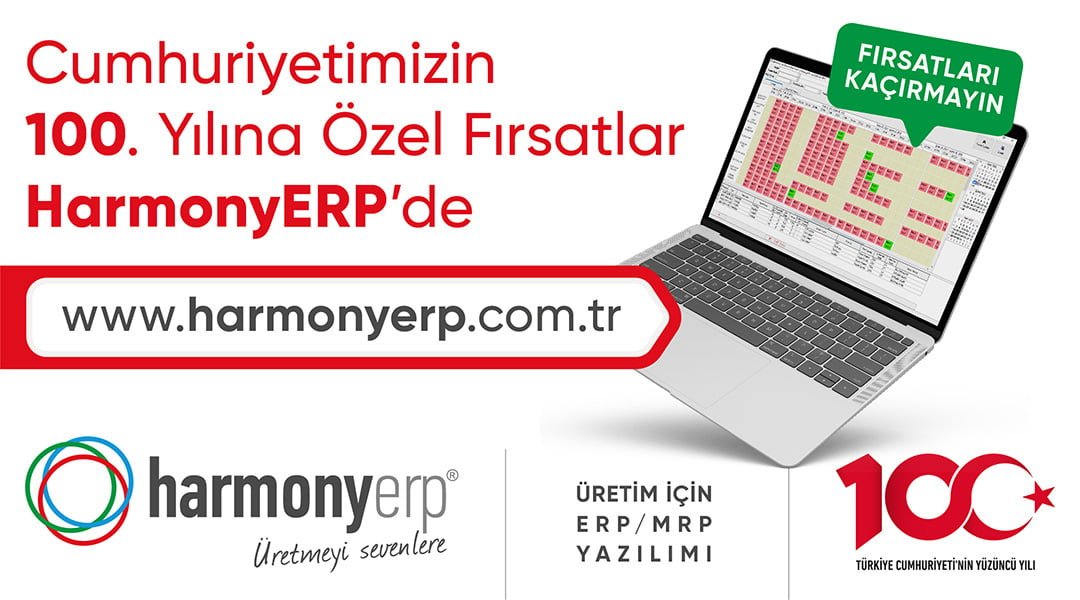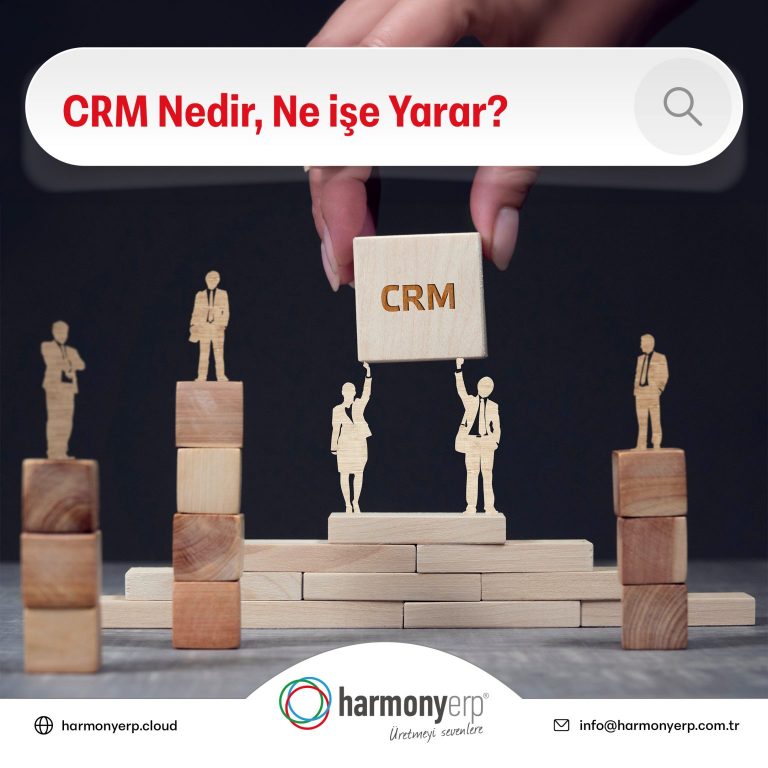What is WSDL?

WSDL (Web Services Description Language) stands for Web Services Description Language and is an XML-based language used to describe the functions, parameters and return values of web services. WSDL specifies how to invoke web services, what parameters to pass and what data structures to return. This article will give detailed information about what WSDL is, how it works, its components, advantages and usage areas.
Definition and Purpose of WSDL
WSDL is an XML document that defines the functionality of web services and how to use them. By defining web services in a machine-readable format, it makes it easier for various applications and systems to invoke and use these services. The main purpose of WSDL is to enable and facilitate the integration and interoperability of web services.
History of WSDL
WSDL was first developed by Microsoft, IBM and Ariba and later standardized by W3C (World Wide Web Consortium). The first version of WSDL was released as version 1.1, and it has been developed over time to version 2.0. Today, WSDL is a widely used standard for the definition and integration of web services.
Basic Components of WSDL
Definitions
The WSDL document starts with the definitions element, which is the root element of the WSDL document. The definitions element contains general information about the web service and contains the other WSDL elements.
Types
The Types element defines the data types used in the web service. Data types are defined using XML Schema, and these types specify the data structure of the parameters and return values used in messages.
Messages
The Message element defines the messages used in the web service. Each message contains one or more parts and these parts specify the data structure of the message. Messages represent the input and output data of the web service.
Port Types
The PortType element defines the operations of the web service. Each operation represents an operation that performs a specific function. The port types specify the input, output and error messages of the operations.
Bindings
The Binding element defines the communication protocol and data format of the web service. Bindings specify how to perform the operations defined in the port types using a specific protocol and data format.
Services
The Service element defines the endpoints of the web service. Each endpoint contains a port with a specific URL, which calls the web service using a specific connection.
Features of WSDL
Machine Readability
Since WSDL is an XML-based language, it is machine readable and processable. This feature enables web services to be discovered and used automatically.
Standardized Structure
WSDL is a language standardized by the W3C. This standard enables interoperability and integration of web services.
Protocol Independence
WSDL supports various communication protocols. Web services can be called and used via HTTP, HTTPS, SMTP and other protocols.
Data Type Support
WSDL defines data types using XML Schema. This allows web services to flexibly define and use data structures.
Advantages of WSDL
Easy Integration
WSDL defines the functionality and usage of web services in a standardized format. This standard allows different systems and applications to easily integrate web services.
Automatic Vehicle Support
Many development tools and platforms can automatically read WSDL documents and generate the necessary code to call web services. This reduces developer workload and speeds up integration processes.
Platform Independence
WSDL is platform independent and supported by a variety of programming languages and platforms. This independence enables a wide range of web services to be used.
Strong Type Control
WSDL defines data types using XML Schema and thus provides strong type checking. This improves data accuracy and reduces the possibility of errors.
Disadvantages of WSDL
Karmaşıklık
WSDL can be very detailed and complex. This complexity can make WSDL documents difficult to create and manage.
Performance
Because WSDL is based on XML, it can generate large documents. This can lead to performance issues and cause delays in data transmission.
Uses of WSDL
Web Services
WSDL is widely used for the definition and integration of web services. The functionality, parameters and return values of web services are defined in WSDL documents, which specify how to use the services.
SOA (Service-Oriented Architecture)
WSDL plays an important role in Service Oriented Architecture (SOA) applications. SOA is an architecture in which services communicate with each other and WSDL is used to describe and integrate these services.
B2B Integration
WSDL is used in business-to-business (B2B) integration projects. Data exchange and business processes between different businesses are realized through web services defined by WSDL documents.
Cloud Computing
Cloud computing services define web services, usually using WSDL, and these services are used by various cloud applications. This makes cloud services easier to integrate and use.
The Future of WSDL
WSDL remains an important standard for web services and SOA applications. However, with the growing popularity of RESTful web services, it may take a back seat in some use cases. Nevertheless, WSDL’s strong type checking, platform independence and standardized structure make it particularly desirable for enterprise and mission-critical applications.
In the future, WSDL is expected to continue to play an important role, especially in large-scale enterprise projects and B2B integrations. It is also expected that WSDL will become easier to integrate with new technologies with improvements in security and performance.
WSDL is an XML-based language that defines the functionality, parameters and return values of web services. Thanks to its machine readability, standardized structure, protocol independence and data type support, it is widely preferred for the integration and use of web services. Despite some drawbacks such as complexity and performance, WSDL’s strong advantages make it especially preferred in enterprise and mission-critical applications. In the future, WSDL is expected to continue to play an important role in web services and SOA applications.







